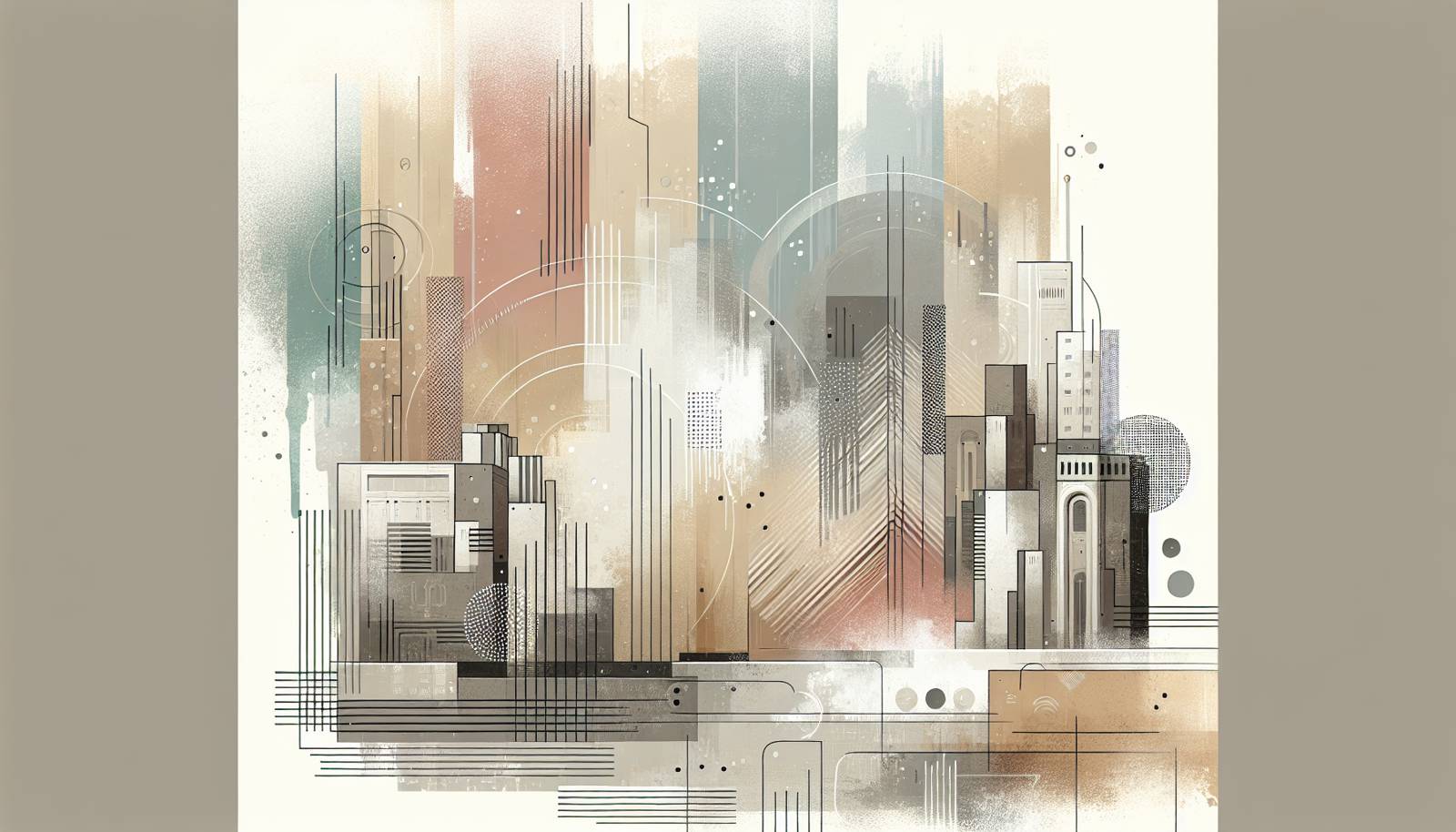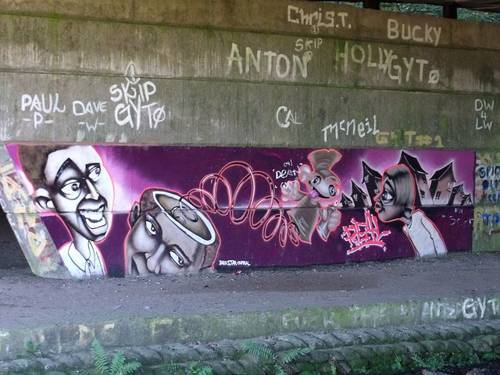
FAQ About The Impact of Urban Graffiti on Commercial Branding

What is urban graffiti and how does it relate to commercial branding?
Urban graffiti refers to visual art created in public spaces, often involving spray paint and characterized by its bold and edgy styles. In commercial branding, graffiti is used to add an element of street culture to brand identities, appealing to younger demographics and creating an image of authenticity and rebellion.

How do companies incorporate graffiti aesthetics into their marketing strategies?
Companies can incorporate graffiti aesthetics by using graffiti-inspired fonts, imagery, and themes in advertisements, packaging, and merchandise. This can involve collaborations with graffiti artists to create custom pieces or limited-edition products, leveraging the unique visual impact of graffiti to stand out in the market.

Why is graffiti appealing to brands aiming for a youthful audience?
Graffiti is often associated with youth culture, rebellion, and creativity, making it appealing to brands that want to connect with younger audiences. By using graffiti, brands can project an image that is dynamic, edgy, and in tune with the interests and lifestyles of younger consumers.

Can graffiti be used in branding without losing authenticity?
Yes, graffiti can be used in branding without losing authenticity if the integration feels genuine and respectful of the art form. Collaborating directly with street artists and acknowledging the cultural roots of graffiti can help brands maintain authenticity while leveraging its appeal.

What are some examples of brands that have successfully used graffiti in their branding?
Brands like Adidas, Coca-Cola, and Vans have successfully used graffiti in their branding strategies. Adidas has collaborated with various graffiti artists to create limited-edition sneakers, while Coca-Cola has used graffiti art in global advertising campaigns to enhance their youthful, dynamic appeal.

How does graffiti enhance a brand's identity?
Graffiti can enhance a brand's identity by infusing it with a sense of urban culture and artistic expression. This can create a more vibrant and relatable brand personality, making the brand stand out in a crowded market and resonate more deeply with target consumers.

Are there any risks associated with using graffiti in commercial branding?
Using graffiti in branding can pose risks, such as the potential for being accused of cultural appropriation or alienating certain consumer groups who may not appreciate the style. It's essential for brands to approach graffiti with respect and an understanding of its cultural significance.

How can companies collaborate with graffiti artists for branding purposes?
Companies can collaborate with graffiti artists by commissioning custom artworks, involving artists in co-designing products, or employing them to create murals or installations. These collaborations can add uniqueness and authenticity to the brand while supporting the arts community.

Is graffiti in branding more effective for certain industries?
Graffiti in branding tends to be more effective in industries targeting younger demographics, such as fashion, music, and sports. These industries benefit from the dynamic and rebellious connotations of graffiti, which can enhance brand differentiation and appeal.

Why might a company choose to avoid using graffiti in its branding?
A company might avoid using graffiti if their target market does not identify with subcultures associated with graffiti, or if they are concerned about being perceived as unauthentic. Additionally, some brands may focus on more traditional or elegant aesthetics, which may not align with graffiti's bold style.

How has graffiti influenced modern visual marketing strategies?
Graffiti has influenced modern visual marketing by promoting the use of bold, dynamic visuals and encouraging marketers to think outside conventional frameworks. This has led to the adoption of more organic and creative approaches in advertising, aiming to capture consumer attention in novel ways.

What impact does graffiti have on consumer perception of a brand?
Graffiti can impact consumer perception by portraying a brand as innovative, youthful, and connected to street culture. This can enhance customer engagement and loyalty, particularly among demographics that value creativity and authenticity in brand imagery.

In what ways can graffiti be seen as both art and vandalism?
Graffiti is seen as art when it is intentional and creatively expressive, often commissioned in legal settings as part of an urban beautification effort or commercial project. Conversely, it can be perceived as vandalism when applied illegally on private or public property without permission.

Has the use of graffiti in branding evolved over the years?
The use of graffiti in branding has evolved from being an edgy, niche aesthetic to a more mainstream visual language embraced by many companies. Over the years, collaborations with renowned graffiti artists have become more common, and brands increasingly integrate graffiti to align with urban and youth cultures.

What legal considerations should brands be aware of when using graffiti?
Brands should ensure they have proper permissions and rights when using graffiti-inspired art, especially if they involve existing pieces or trademarked styles. Legal agreements with artists should be clear regarding the use of their work to prevent potential intellectual property issues.

How can brands ensure cultural sensitivity when using graffiti?
To ensure cultural sensitivity, brands should educate themselves about the history and cultural significance of graffiti. Engaging with the graffiti community and involving artists directly in branding projects can also foster genuine and respectful collaborations.

How does graffiti differ from other forms of street art in commercial use?
Graffiti often features more text-based elements like tags and is traditionally associated with rebellion and street culture, whereas other forms of street art can include murals and stencils with broader aesthetic applications. Each type presents unique opportunities for brands to leverage visual storytelling and cultural connections.

What are common misconceptions about graffiti in commercial branding?
A common misconception is that graffiti is solely about vandalism; however, in commercial branding, it is a legitimate artistic expression that can enhance brand image. Another misconception is that graffiti is only suitable for youthful brands, whereas it can also add depth and interest to more mature brands if used thoughtfully.

Can the use of graffiti in branding enhance inclusivity and diversity?
The use of graffiti can indeed enhance inclusivity and diversity by giving voice to underrepresented urban cultures and artists. By embracing this art form, brands may appeal to a wider array of cultural backgrounds and promote a more inclusive brand message.

What role does graffiti play in global branding campaigns?
In global branding campaigns, graffiti can help create a unified visual style that resonates across different cultures due to its universal appeal and recognition as a symbol of creativity and resistance. Brands use it to create a lively, impactful image that transcends cultural barriers.
